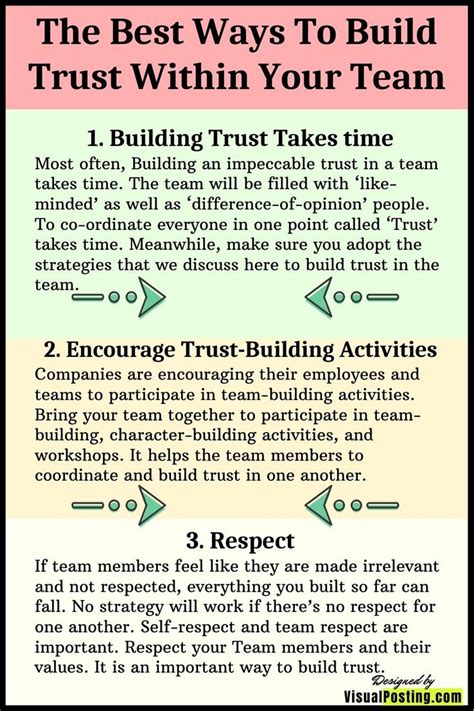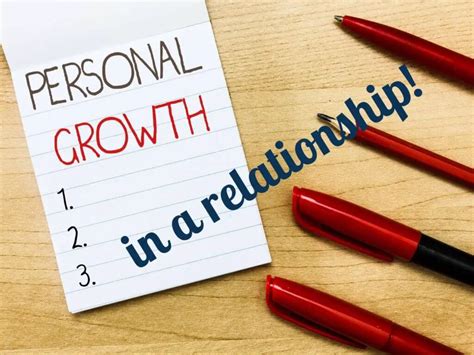Understanding the Landscape of Relationship Conflict
Relationship conflicts are an inevitable part of any partnership. They’re not a sign of failure but rather an opportunity for growth and deeper understanding. However, for many men, navigating these emotionally charged situations can feel like walking through a minefield. Traditional masculine communication styles, which often prioritize logic, problem-solving, or emotional suppression, can inadvertently escalate tensions rather than resolve them.
The key isn’t to avoid conflict, but to engage with it more effectively. This means adopting tactical communication strategies that promote connection, empathy, and mutual respect, even when opinions clash. For men looking to improve their relationship dynamics, mastering these skills can transform arguments into productive dialogues.

1. The Power of Active Listening: Hear to Understand, Not Just to Reply
One of the most powerful tools in conflict resolution is active listening. This means giving your partner your full attention, not just waiting for your turn to speak. Focus on understanding their perspective, feelings, and needs. Reflect back what you hear to ensure accuracy, using phrases like, “So, what I’m hearing is…” or “It sounds like you’re feeling…”.
For men, this can be challenging as there’s often an urge to immediately offer solutions. Resist this urge. Often, your partner primarily wants to feel heard and validated before moving to problem-solving. Active listening demonstrates respect and can significantly de-escalate tension.
2. Mastering Emotional Regulation: Staying Calm Under Pressure
When conflict arises, emotions can run high. It’s crucial for men to develop strategies for managing their own emotional responses. Reacting out of anger, frustration, or defensiveness will only fuel the fire. Practice techniques like deep breathing, counting to ten, or even taking a brief, agreed-upon pause if you feel overwhelmed.
Communicating your need for a break respectfully is key: “I’m feeling really worked up right now, and I want to make sure we can talk about this productively. Can we take 15 minutes to cool down and then revisit?” This isn’t avoidance; it’s a tactical retreat to prevent emotional flooding and allows for a more rational return to the discussion.

3. Embrace “I” Statements: Owning Your Perspective
Blame is a relationship killer. “You always…” or “You never…” statements immediately put your partner on the defensive. Instead, adopt “I” statements that focus on your feelings and experiences without assigning fault. For example, instead of “You make me feel unheard,” try “I feel unheard when I try to express myself and get interrupted.”
This approach invites empathy and understanding, as it communicates your personal experience rather than making an accusation. It shifts the conversation from attack-and-defend to shared problem-solving.
4. Seek Clarification, Avoid Assumptions
Assumptions are often at the root of misunderstandings. In the heat of an argument, it’s easy to jump to conclusions about your partner’s intentions or feelings. A tactical approach involves actively seeking clarification. Ask open-ended questions like, “Can you tell me more about why that bothers you?” or “What do you mean when you say…?”
This not only helps you understand your partner better but also shows them that you are genuinely interested in their perspective, fostering a sense of being heard and respected.

5. Focus on Solutions and Collaboration
While validating feelings is paramount, ultimately, conflicts often require resolution. Once both parties feel heard, pivot towards collaborative problem-solving. Frame the discussion as “us against the problem” rather than “me against you.” Brainstorm potential solutions together, being open to compromise and creative ideas.
Acknowledge that not every problem has an immediate or perfect solution, but committing to working together reinforces the strength of the partnership. Men can often naturally lean into this problem-solving mode once the emotional foundation has been laid.
6. Validate Feelings, Even If You Don’t Agree
It’s possible to validate your partner’s feelings without agreeing with their perspective or actions. Phrases like “I can see why you would feel frustrated by that” or “That sounds really upsetting” acknowledge their emotional experience without you having to take responsibility for it or concede your point. This creates a safe space for emotional expression.
Validating feelings is a powerful way to reduce defensiveness and open the door for more productive dialogue, showing empathy and reducing isolation your partner might feel.

7. Know When to Take a Timeout (and How to Re-Engage)
Sometimes, despite best efforts, a conversation can become too intense. Recognizing when you or your partner are becoming emotionally flooded is a crucial tactical skill. Propose a timeout before things escalate to a damaging level. The key is to commit to re-engaging.
State a specific time when you will resume the discussion: “I need to step away for a bit to clear my head. Can we pick this up in an hour?” This strategy prevents irreparable damage from heated words and allows both individuals to calm down and approach the conflict with a clearer mind.

Conclusion: Building Stronger Bonds Through Better Communication
Mastering tactical communication strategies isn’t about winning an argument; it’s about winning in your relationship. By actively listening, regulating emotions, using “I” statements, seeking clarification, focusing on collaboration, validating feelings, and knowing when to pause, men can transform challenging conflicts into opportunities for deeper connection and understanding. These skills require practice and patience, but the investment pays dividends in a stronger, healthier, and more fulfilling partnership.




